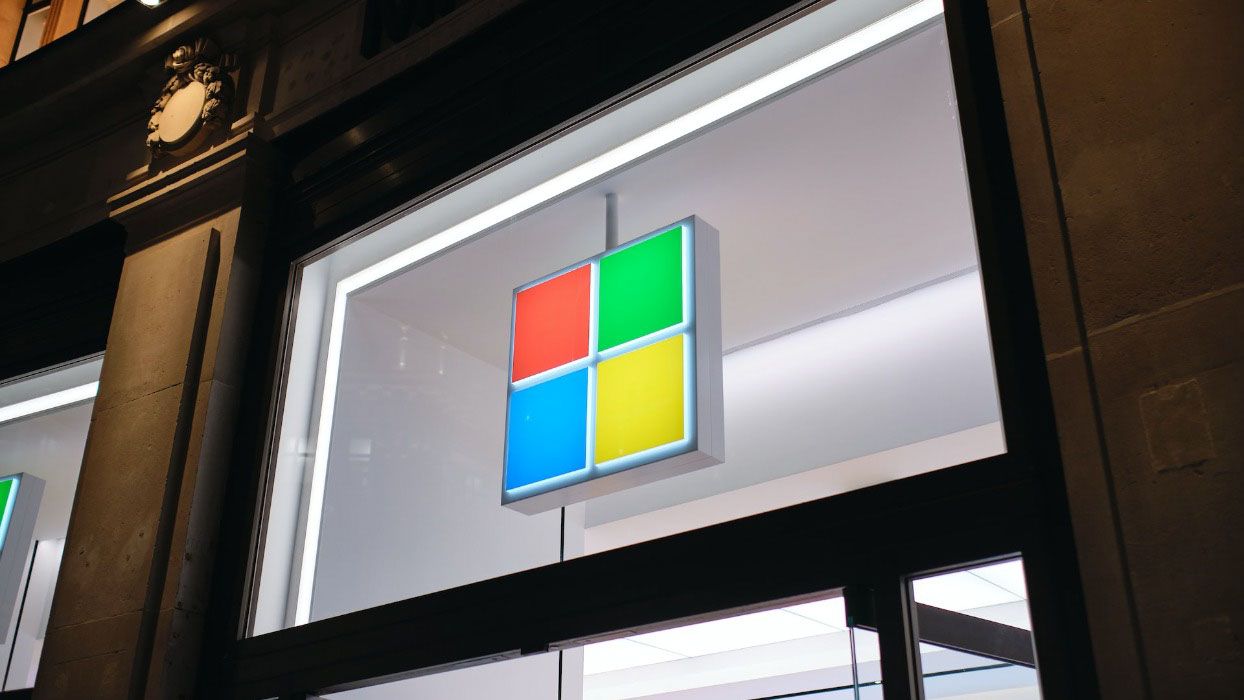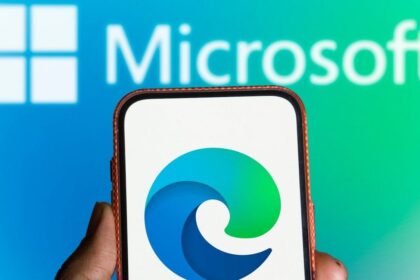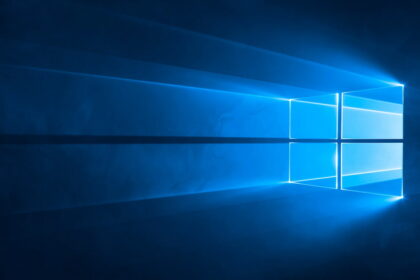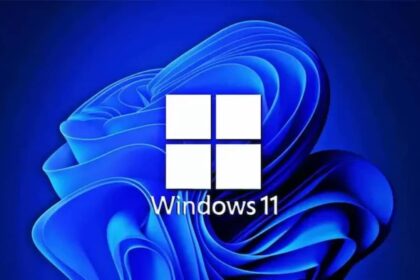After almost 50 years since it started, Microsoft has become one of the biggest tech companies ever. It’s the creator of one of the most used operating systems, Windows, and it’s also known for Xbox and lots of game-making studios.
However, as the years went by, Microsoft left quite a few of its projects behind. This happened either because they moved on to newer and better things or because some ideas didn’t work out well.
Programs and Services Abandoned by Microsoft
15. Microsoft Live
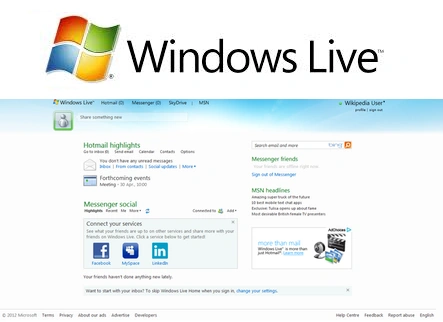
If you were online in the 2000s, you might remember the Microsoft Live software world. It brought together tools for work, websites, games, messaging, and more. It was like a bigger version of what we now know as Microsoft 365.
But over time, Live started fading away. Some of the programs it had kept going, although they changed. For instance, Live Mail and Hotmail became Outlook, and Live Messenger was replaced by Skype, and things went on like that.
14. MSN Messenger

In July 1999, MSN Messenger was a big deal for internet users. It was like ICQ, an app for chatting instantly. It had this button that said “Get Attention” and let you put music on your profile. Plus, you could use emoticons, Winks, and animations to show how you felt, which was often fun, but sometimes annoying.
As time passed, the program combined with Windows Messenger and turned into Windows Live Messenger. But around November 2012, they started moving away from it and focusing on Skype as their primary communication method. And by May 2013, MSN was wholly shut down.
13. So.cl
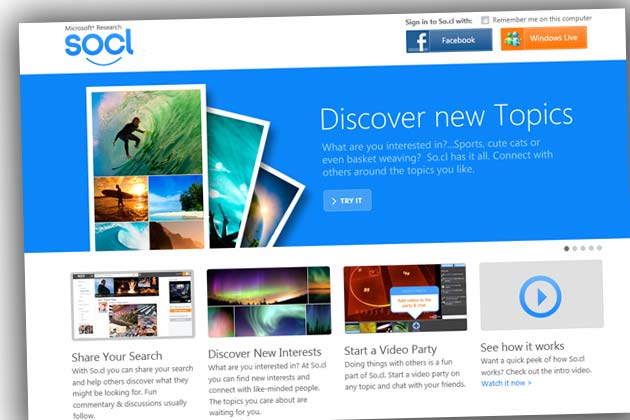
Microsoft introduced a social network called So.cl (pronounced “Social”) in December 2011. It worked a lot, like Facebook, in connecting you with friends and family. You could post things in your feed, like photos, comment on posts, follow topics you were interested in, and follow others.
However, in March 2017, Microsoft decided to shut down So.cl. They didn’t explain why, but it’s likely because few people used it.
12. Zune

Zune was a service and a type of portable media player that was similar to iPods. It started in November 2006 with a 30 GB of storage device. It can play music (including MP3), show photos, videos, and even connect to Wi-Fi.
However, Microsoft stopped making Zune devices in 2011, and in 2015, they shut down the whole Zune platform, which included a music store called the Zune Marketplace, where you could stream music.
11. GrooveMusic
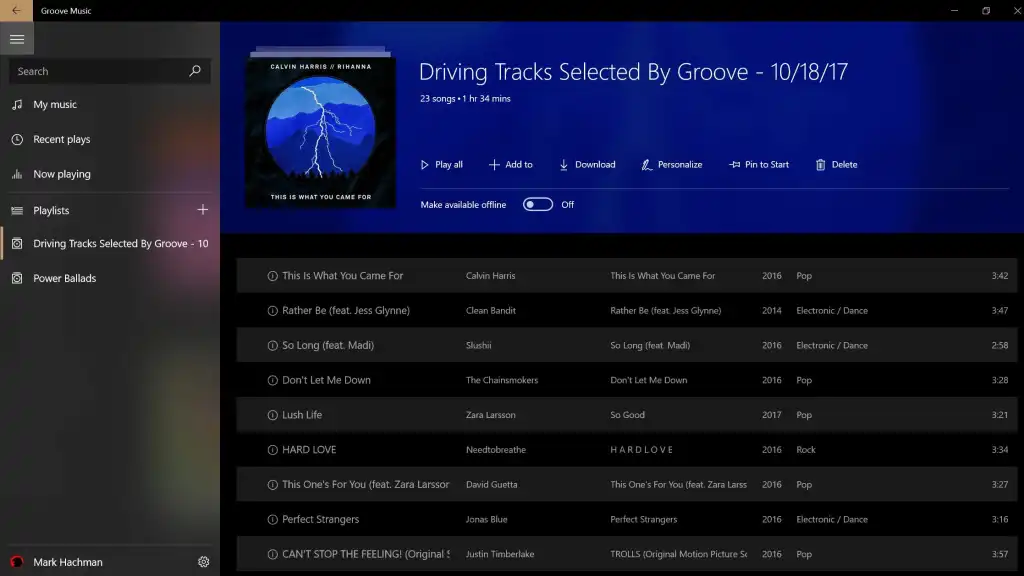
Groove Music was Microsoft’s effort to change the name of Zune and try to compete in the streaming music world. It started in October 2012 and had around 30 million songs you could listen to. It also lets you play music files you saved on your computer.
However, in 2017, Microsoft decided to shut down Groove Music, even the media player program connected to it, as it couldn’t compete with rivals like Spotify.
10. Windows Phone
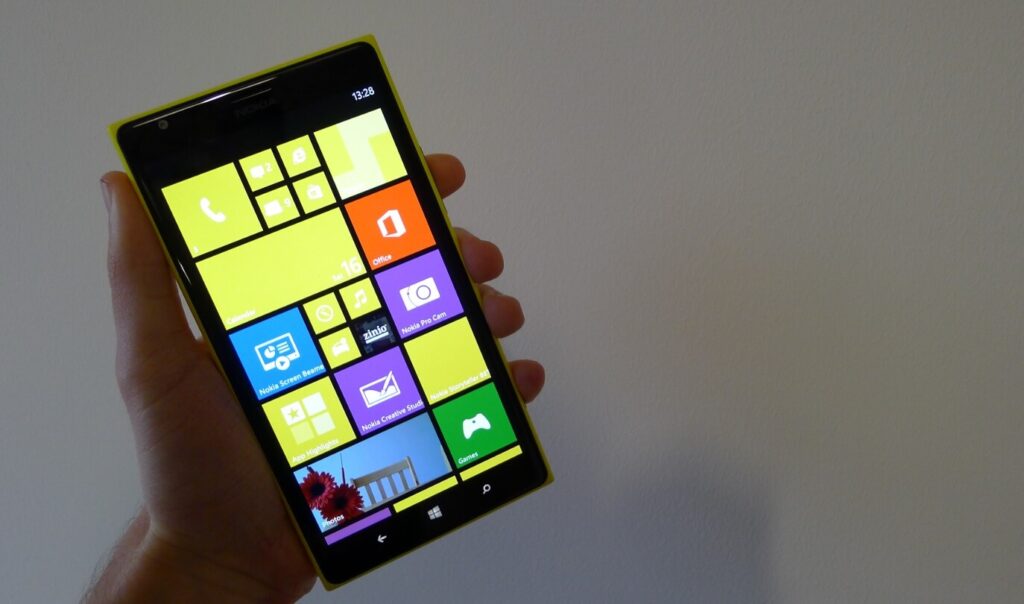
When discussing Microsoft’s projects that didn’t make it, we have to mention Windows Phone. This was Microsoft’s attempt to create a smartphone operating system that could compete with Android and iOS.
One of the standout features of Windows Phone was its Live Tiles, which gave it a unique look. The design also resembled the regular Windows operating system, which made it familiar to people who used Windows on their computers.
However, despite its promising start, Windows Phone faced challenges and made some decisions that didn’t work well. As a result, its popularity declined over time. Even though the later version, Windows 10 Mobile, tried to connect closely with the regular Windows on PCs, it couldn’t regain the public’s interest.
In 2017, Microsoft officially acknowledged that Windows Phone would no longer continue. They promised to support the existing systems for a bit longer, and in 2020, they released the last update for it.
9. Internet Explorer Mobile
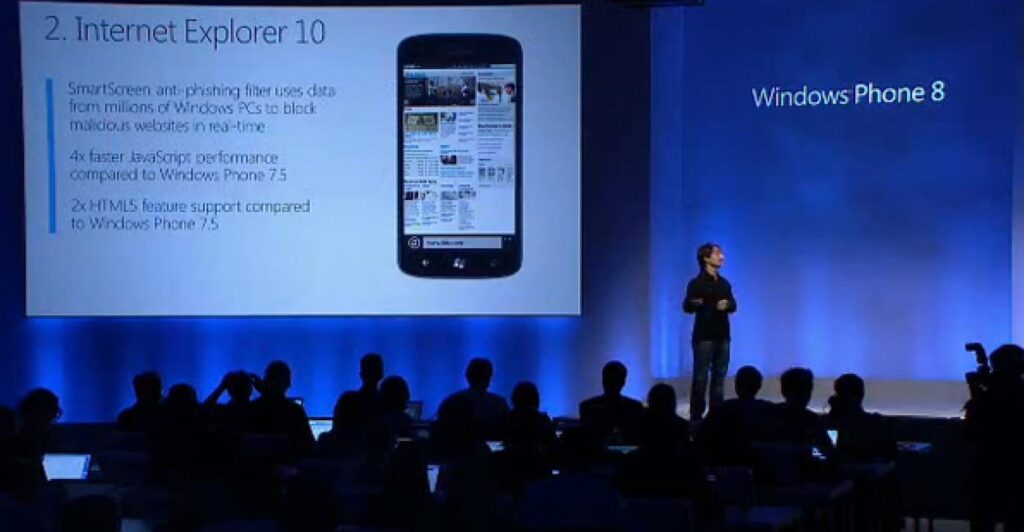
Another unsuccessful idea from Microsoft in the cell phone market was Internet Explorer Mobile. The program was an arm of the classic browser adapted for cell phones and has been in Microsoft’s portfolio since 2008, despite being an (almost) direct successor to Pocket Internet Explorer, launched in 1996.
Internet Explorer 11 was the last version of the program. It was released in July 2014 with support for reading mode, incognito browsing (here, called InPrivate), file upload, password storage, and the ability to open infinite tabs.
8. Old versions of Windows
Windows is one of the most widely used operating systems today, but not even it has gone untouched by Microsoft: with each new release, one of the old versions of the program was left behind — and that happens to this day. With that, classics like Windows 95, XP and Windows 7 no longer receive updates and are no longer distributed by the company.
Windows has had a long history and has undoubtedly had its ups and downs (do you remember Windows 2000?). It is impossible to say that the entire family of systems is a failure but that some of its revisions were not very interesting news for the public.
7. Windows Movie Maker

Windows Movie Maker wasn’t necessarily a failure, but it stopped being an attractive product for Microsoft. The video editor went through countless revisions to equip different versions of Windows until, in 2017, the giant officially discontinued it.
The idea was to allow anyone to create, edit and rework home movies on the computer. However, the program was very basic and probably couldn’t compete with the practicality of alternative desktop or mobile tools.
6. Yammer
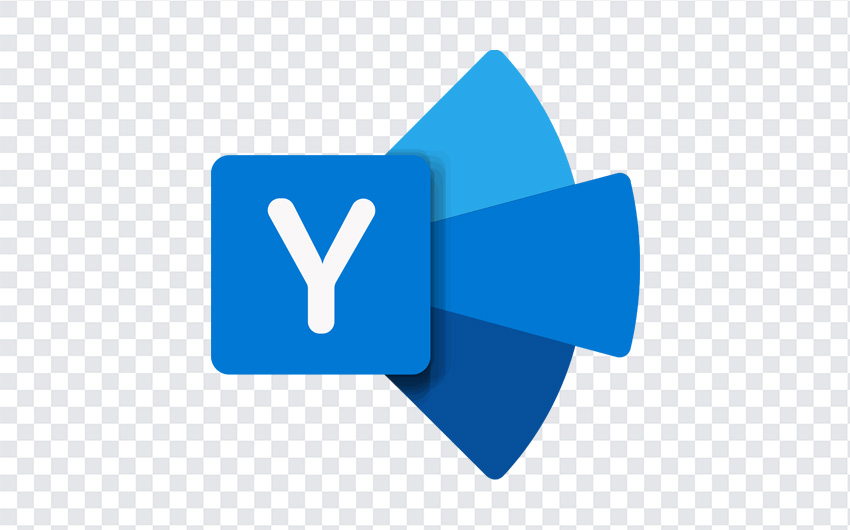
Purchased in 2012, Yammer was a corporate social network integrated into the Office package designed to optimize the offer of business services.
Over the years, the platform grew to merge with Viva Engage, another MS product designed for corporations. Then, in 2023, the company announced that this incorporation would finally happen without a specific date.
5. Cortana,a Microsoft’s Digital Assistant
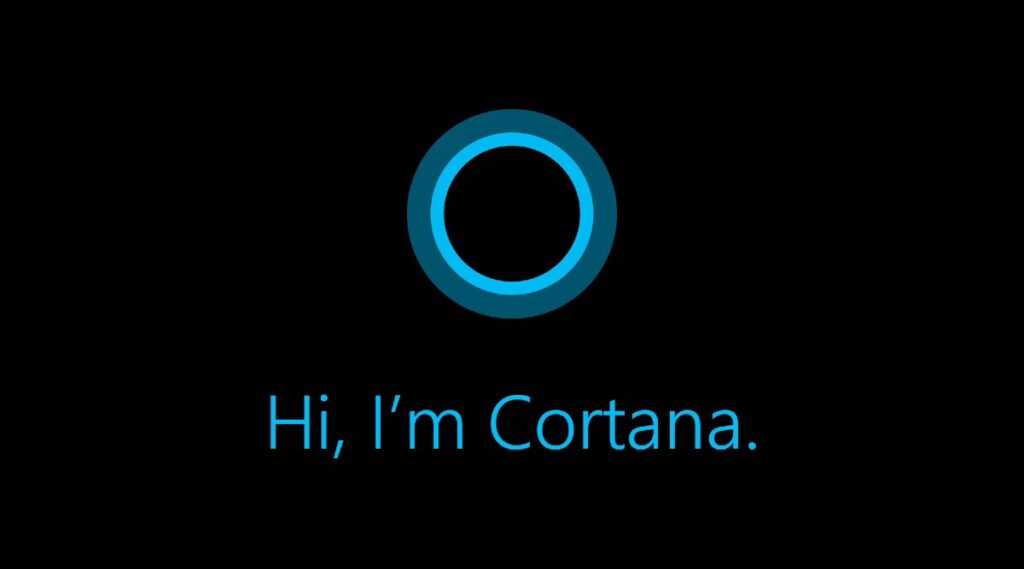
Cortana was Microsoft’s AI-powered virtual assistant launched in 2014, named after the AI character from the Halo video game series. Initially released as a standout feature of Windows Phone 8.1, it later expanded to Windows 10, iOS, Android, Xbox, and various Microsoft services.
Cortana offered voice-activated assistance for tasks like:
- Setting reminders and alarms
- Searching the web
- Managing calendars
- Sending emails and texts
- Providing personalized recommendations
- Answering questions
Despite early promise and integration across Microsoft’s ecosystem, Cortana struggled to compete with rivals like Siri, Google Assistant, and Alexa. Microsoft gradually scaled back Cortana’s consumer features, removing it from mobile platforms and the Microsoft Launcher, then into Microsoft’s discontinued software list.
In March 2021, Microsoft announced Cortana’s discontinuation as a standalone consumer assistant. By August 2023, Microsoft officially ended support for the Cortana app on Windows. The company shifted its AI assistant strategy toward more specialized business applications and eventually integrated newer AI technology into Microsoft 365 Copilot and Windows Copilot.
While Cortana pioneered Microsoft’s voice assistant ambitions, it ultimately became one of the company’s notable abandoned products as Microsoft redirected its AI focus toward enterprise solutions and new generative AI capabilities.
4. Paint 3D
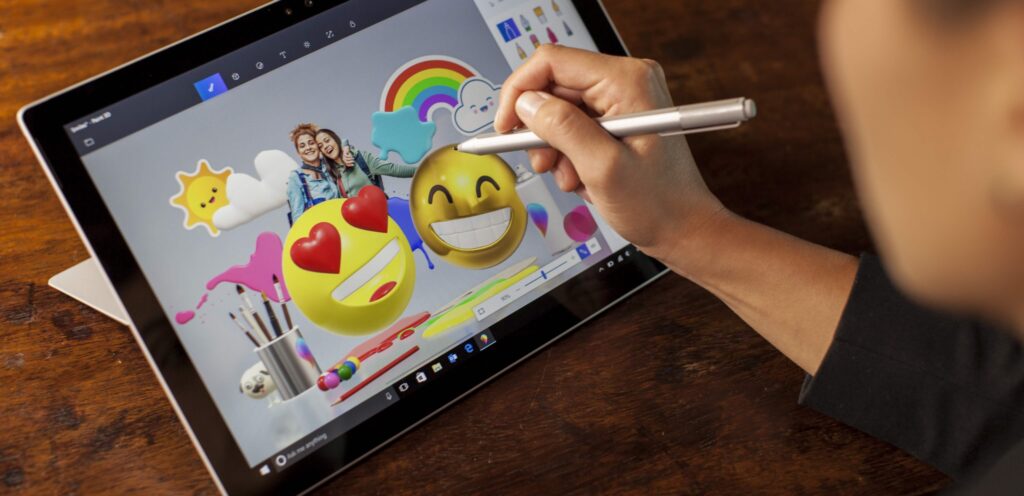
Microsoft Paint 3D, introduced in 2017 as part of the Windows 10 Creators Update, offered users a creative platform to design and build 3D models with an intuitive interface. The application expanded on the classic Paint program’s capabilities by allowing users to create, customize, and share three-dimensional artwork, with features like 3D shape tools, texture brushes, and mixing 2D and 3D elements.
Despite its innovative approach and integration with the Microsoft ecosystem, Paint 3D failed to gain the traction Microsoft had hoped for among casual users and professionals alike. After several years of limited updates, Microsoft announced plans to discontinue Paint 3D, removing it from fresh Windows installations and eventually phasing it out entirely.
3. Legacy DRM services
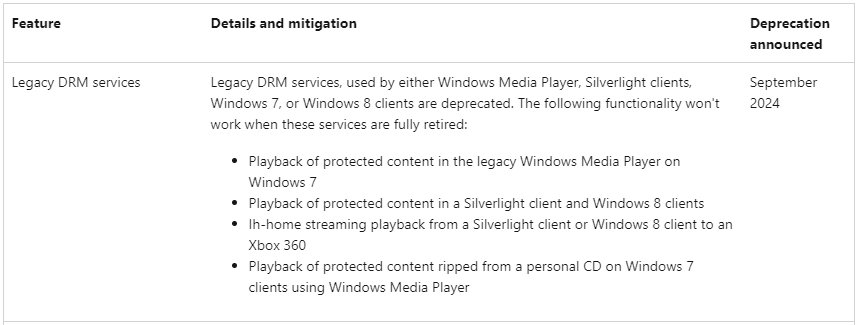
Microsoft’s legacy Digital Rights Management (DRM) services have undergone significant changes, with several platforms being discontinued. The Microsoft PlaysForSure system, launched in 2004 to certify compatibility between digital music players and online stores, was abandoned in 2008 in favor of the Zune ecosystem.
Similarly, Games for Windows Live, which provided DRM for PC games, was phased out in 2014 after widespread criticism of its intrusive implementation and technical issues.
The Windows Media DRM system, which protected audio and video content in the WMA and WMV formats, gradually lost relevance as streaming services replaced downloaded media. Microsoft’s Silverlight DRM, once used by Netflix and other streaming providers, was deprecated alongside the Silverlight platform.
Most notably, the Microsoft Reader, with its MS-LIT format for ebooks, featured a DRM system abandoned entirely when the service shut down in 2012. Microsoft later attempted another ebook platform with DRM through the Microsoft Store, but it discontinued it in 2019, offering refunds to customers as their purchased content became inaccessible.
2. WordPad
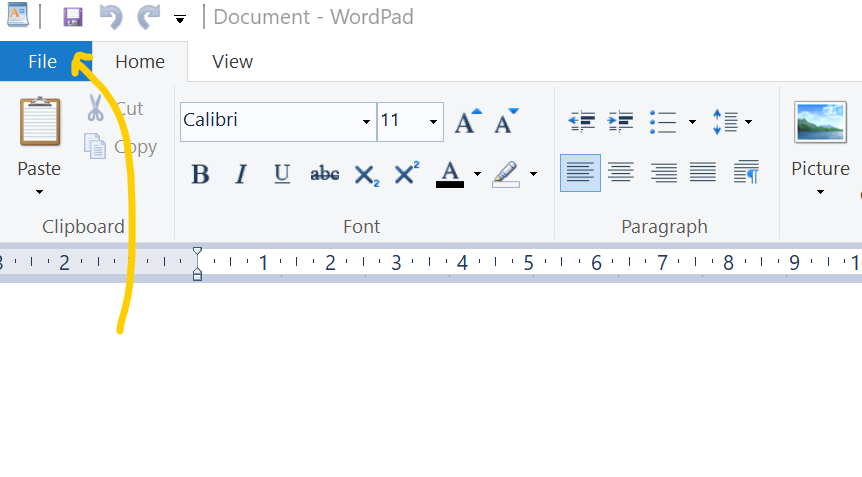
WordPad has been a staple text editor in Windows since its introduction in Windows 95, serving as a middle ground between the basic Notepad and full-featured Microsoft Word. This rich text editor offered fundamental formatting capabilities, including font selection, paragraph alignment, and inserting images while maintaining a lightweight footprint.
Despite its nearly three-decades-long longevity, Microsoft announced in 2023 that WordPad would be deprecated in future Windows versions. The company stated it would no longer update the application and recommended users transition to Microsoft Word for rich text documents or Notepad for plain text editing.
1. Skype
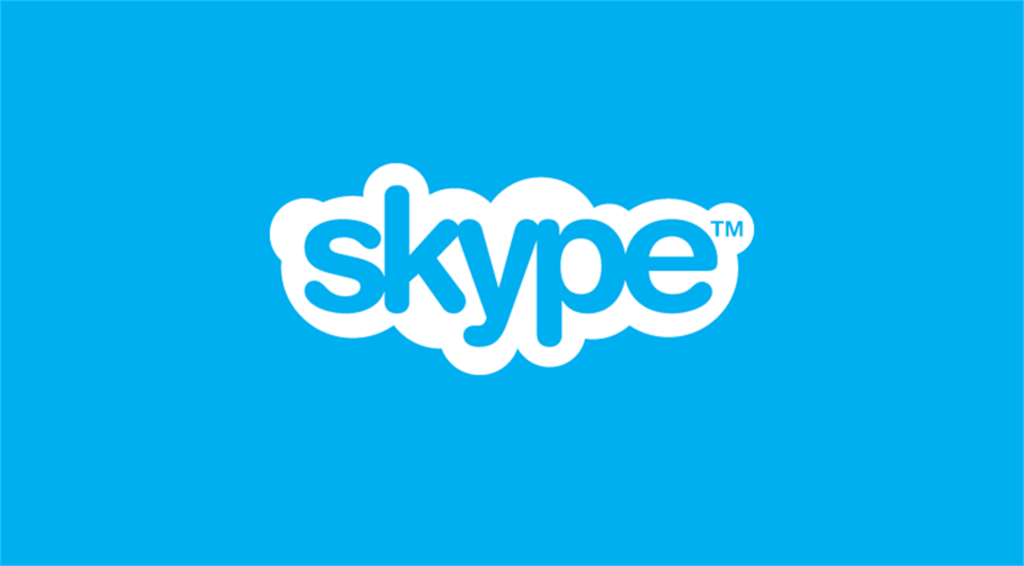
Microsoft has officially announced that Skype will be retired in May 2025, as the company shifts its focus to Microsoft Teams. This move is part of an effort to consolidate its communication services, with Teams offering similar core features like calls, messaging, and file sharing, along with enhanced collaboration tools.
To ensure a smooth transition, Microsoft is encouraging users to switch to Microsoft Teams Free. The company is also providing tools to help users transfer their contacts and chat history seamlessly.
During the transition period, cross-platform communication between Skype and Teams will remain available. However, after May 2025, users who wish to keep their Skype numbers will need to port them out to another provider.

